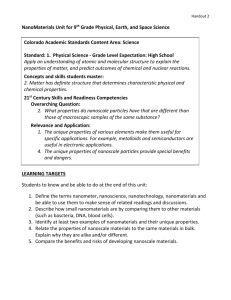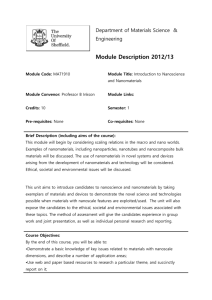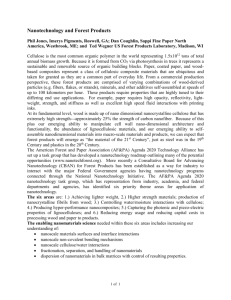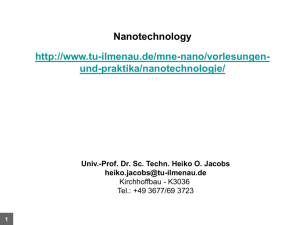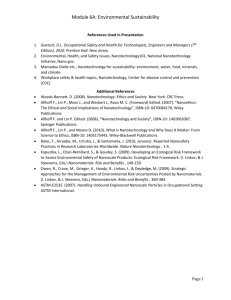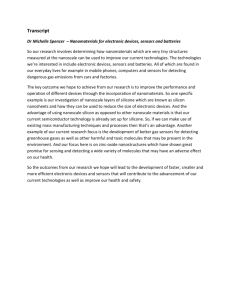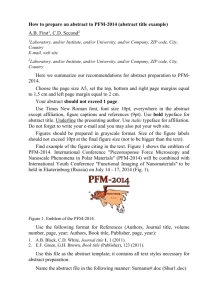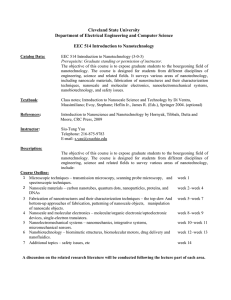Intelligent Buildings for Intelligent People
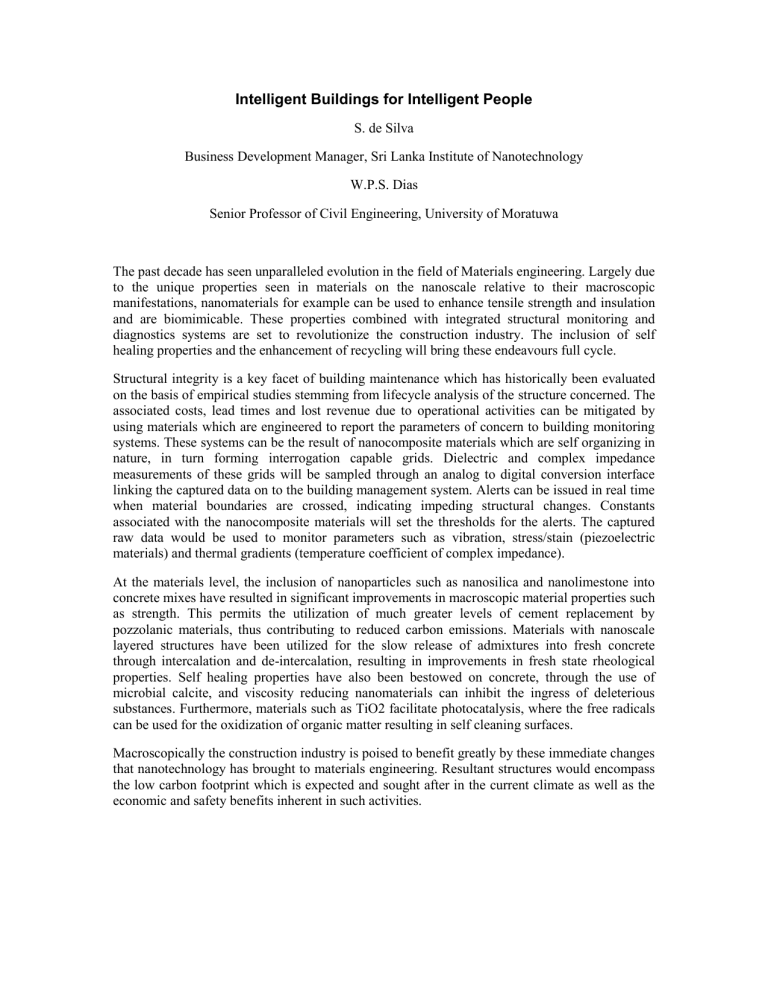
Intelligent Buildings for Intelligent People
S. de Silva
Business Development Manager, Sri Lanka Institute of Nanotechnology
W.P.S. Dias
Senior Professor of Civil Engineering, University of Moratuwa
The past decade has seen unparalleled evolution in the field of Materials engineering. Largely due to the unique properties seen in materials on the nanoscale relative to their macroscopic manifestations, nanomaterials for example can be used to enhance tensile strength and insulation and are biomimicable. These properties combined with integrated structural monitoring and diagnostics systems are set to revolutionize the construction industry. The inclusion of self healing properties and the enhancement of recycling will bring these endeavours full cycle.
Structural integrity is a key facet of building maintenance which has historically been evaluated on the basis of empirical studies stemming from lifecycle analysis of the structure concerned. The associated costs, lead times and lost revenue due to operational activities can be mitigated by using materials which are engineered to report the parameters of concern to building monitoring systems. These systems can be the result of nanocomposite materials which are self organizing in nature, in turn forming interrogation capable grids. Dielectric and complex impedance measurements of these grids will be sampled through an analog to digital conversion interface linking the captured data on to the building management system. Alerts can be issued in real time when material boundaries are crossed, indicating impeding structural changes. Constants associated with the nanocomposite materials will set the thresholds for the alerts. The captured raw data would be used to monitor parameters such as vibration, stress/stain (piezoelectric materials) and thermal gradients (temperature coefficient of complex impedance).
At the materials level, the inclusion of nanoparticles such as nanosilica and nanolimestone into concrete mixes have resulted in significant improvements in macroscopic material properties such as strength. This permits the utilization of much greater levels of cement replacement by pozzolanic materials, thus contributing to reduced carbon emissions. Materials with nanoscale layered structures have been utilized for the slow release of admixtures into fresh concrete through intercalation and de-intercalation, resulting in improvements in fresh state rheological properties. Self healing properties have also been bestowed on concrete, through the use of microbial calcite, and viscosity reducing nanomaterials can inhibit the ingress of deleterious substances. Furthermore, materials such as TiO2 facilitate photocatalysis, where the free radicals can be used for the oxidization of organic matter resulting in self cleaning surfaces.
Macroscopically the construction industry is poised to benefit greatly by these immediate changes that nanotechnology has brought to materials engineering. Resultant structures would encompass the low carbon footprint which is expected and sought after in the current climate as well as the economic and safety benefits inherent in such activities.

